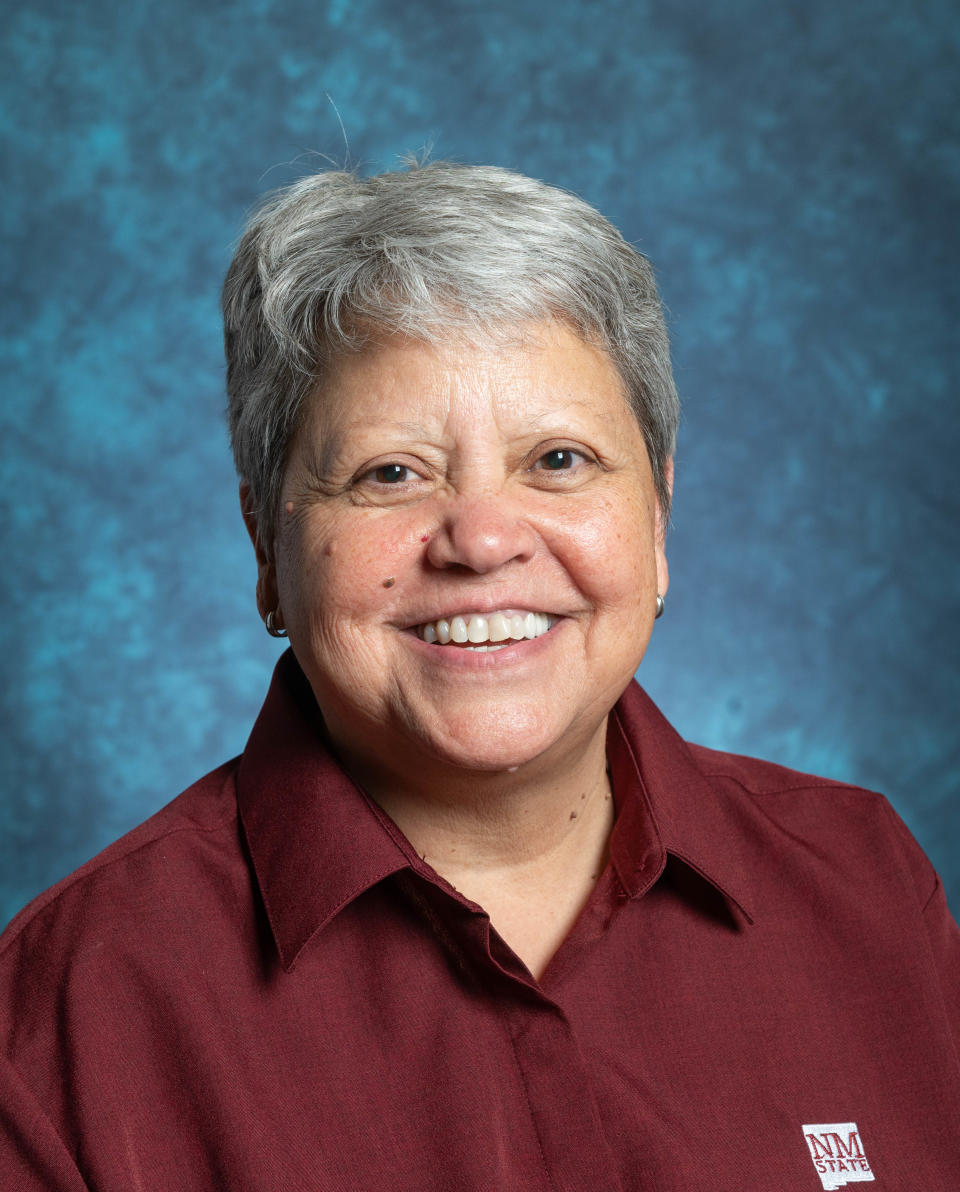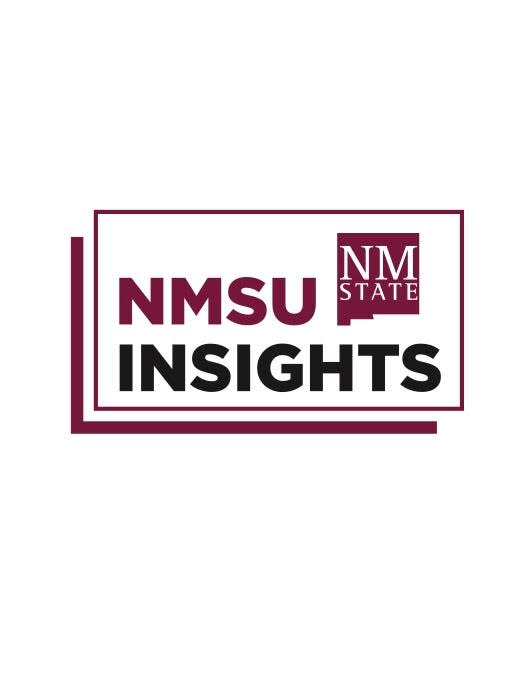Higher ed's mission: Supporting positive change in our students and communities
As we begin to move toward the middle of the 21st century, there is little doubt that higher education is under pressure from a number of directions: the rapidity with which technology is changing our economic, social, and educational landscapes; increasing diversification of the student populations we serve; the looming of the so-called “demographic cliff”; shifting perspectives on the value of the post-secondary experience; and recent protests on college campuses are but a few.
I believe that higher education is well positioned to take on these challenges. And I think this for two reasons – both foundational to what we do in higher education.
Higher ed is in the business of human development. I was reminded of this recently. On May 1, I attended Aggie Remembrance Day, a ceremony commemorating NMSU faculty, staff, students, and alumni who passed this year. One name – O. J. Allen – immediately caught my attention. I had taken several classes with Dr. Allen during my undergraduate studies at NMSU. As I left class one day my senior year, she asked: “Monica, have you thought about graduate school?” That question changed my life. That relatively straightforward question from a professor with whom I had an academic relationship set me on the educational and professional path I would spend my entire life navigating.

As the needs of our communities and student populations change and evolve, our teaching mission is foundational: to support the personal and professional development of the human beings who walk through our doors looking to change their lives. And in the last week, during commencement, I heard these stories again and again.
Higher education is not antithetical to change; it is inherently about change. I see this when I look at the multi-faceted mission of NMSU. Like other land-grant institutions, NMSU was founded to extend access to higher education, to teach the practical arts, and to contribute to economic development through teaching, research, public service, and outreach. These very functions require that NMSU faculty and staff attend to the communities they serve and adapt their research, teaching, public service, and outreach as required to meet those needs.
This responsiveness is evident in NMSU’s historical structure: its main campus in Las Cruces, three community college campuses, 12 agricultural science centers, extension sites in each of New Mexico’s 33 counties. This is again evident in the rapidly growing NMSU Global Campus, which serves students who need more flexibility to pursue their education and career goals.

This responsiveness is not only evident in our institutional structures but in numerous activities across the NMSU system. We’re working to recruit students from underrepresented communities who have been historically marginalized from joining biomedical research disciplines. We’re investing in and expanding our Cooperative Extension Service facilities to offer more resources to communities all across New Mexico. We’re training the next generation of innovative filmmakers and animators to support New Mexico’s growing film industry workforce. Examples abound of cutting-edge research, teaching, outreach, and economic development activities underway in the communities we serve.
There is no doubt that challenges will continue to emerge for higher education in New Mexico. Our very nature – our commitment to human development and our responsiveness to our constituents – suggests we have to capacity to address those challenges and thrive.
Mónica F. Torres is interim president of the New Mexico State University system. She may be reached at president@nmsu.edu.
This article originally appeared on Las Cruces Sun-News: Higher ed should support positive change in students, communities

